QuestionHello,
I have a russian tortoise that I got from the humane society. They do not know how old she is because she was a stray, but she is full-sized.
We have had her for about a year and keep her in a container that is a circle, about four feet in diameter filled with sand and a heat lamp at one end.
It is the winter (we are in Wisconsin), so she has been lethargic all season, but still okay. Lately though, she has not been eating and she is starting to get red dots on his shell.
Do you know what this could be?
Thanks!
Elizabeth
AnswerHi Elizabeth,
If your tortoise has developed red spots on its shell, you need to see a good herp vet. I can't tell you for sure what the problem is, but red/pink areas on the shell can be a sign of septicemia, which is a serious systemic infection that needs immediate treatment.
You haven't been too specific about how you're keeping your tortoise, but sand isn't a good substrate (a coir/sand or topsoil/sand mix is much better) in part because of the risk of impaction. You also didn't say whether you have a UVB lamp, which is necessary for a tortoise to metabolize calcium. I'm going to give you some basic care information, and you can also read up on care at www.russiantortoise.org. Good luck with your tortoise. If you have a chance, please post back and let me know what the vet says.
Enclosure: It sounds like yours is good. They need something open and roomy, with good air circulation. No tanks.
Substrate: I use a mix of 50% coir (bed-a-beast) and 50% playsand, deep enough for the tortoises to bury themselves. Keep it a little damp for humidity. Straight sand can lead to impaction (and doesn't hold the humidity), and hay will get moldy if it gets damp. The coir/sand mix provides the right footing, is easy to burrow in, and holds humity well. Russian tortoises shouldn't be kept dry, as that can lead to dehydration and other health issues (in particular, bladder stones).
Lighting/UVB: They must have both heat and a good source of UVB (or natural sunlight not filtered through window glass). I use and recommend a combination heat/UVB bulb such as the T-Rex Active UVheat or ZooMed Powersun. A combination bulb will give good levels of UVB for at least a year (see: http://russiantortoise.org/uvb.htm).
Basking temperature (measured by laying a thermometer on the substrate directly under the bulb) should be 90-95 degrees; cool area should be 70-75 degrees (F).
Water/Diet: They should have a shallow water dish large enough for them to get into completely, and should also be soaked 2-3 times a week. Diet for a Russian tortoise should be leafy greens; no fruit, veggies, or pellets. Good grocery greens: turnip, mustard, dandelion, collards, kale, spring mix/romaine (not too much lettuce as it's fairly low in nutrition). Good weeds: dandelion, chicory, sow thistle, plantain, mallow, chickweed, hawkbit. Flowers and other: prickly pear cactus, grape/mulberry leaves, rose petals, violas, nasturtiums, hollyhock, hibiscus, abutilon--anything from the garden should be free of chemicals. Dandelion flowers are usually a favorite. Put a cuttlebone in the enclosure so the tortoises can self-regulate calcium intake.

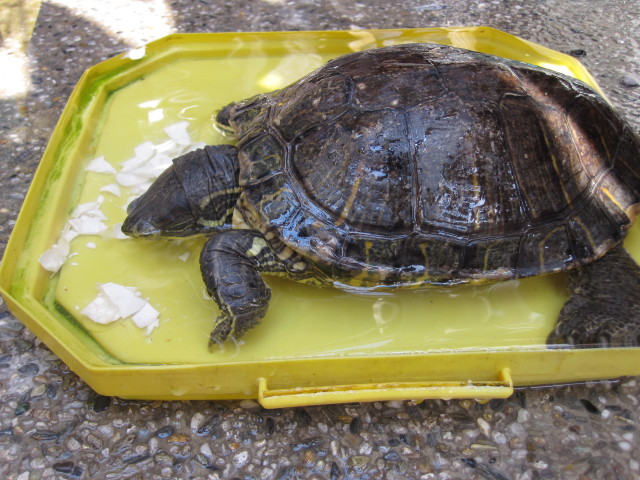 obesity
Questionobesity
QUESTION: heres another picture
obesity
Questionobesity
QUESTION: heres another picture
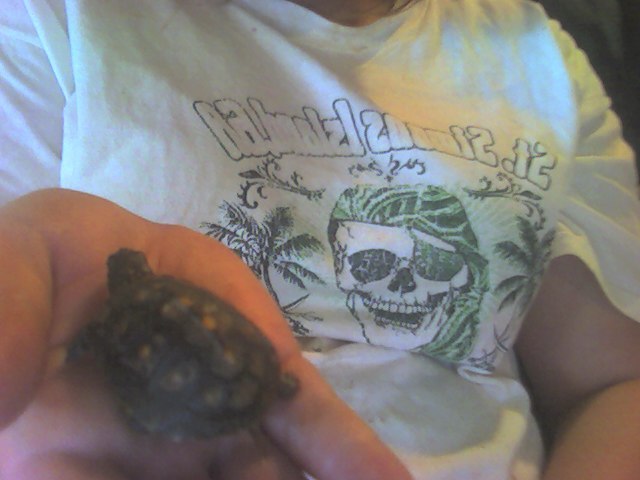 Tortoise or Turtle?
Question
The turtle or tortoise
I recently found a baby
Tortoise or Turtle?
Question
The turtle or tortoise
I recently found a baby
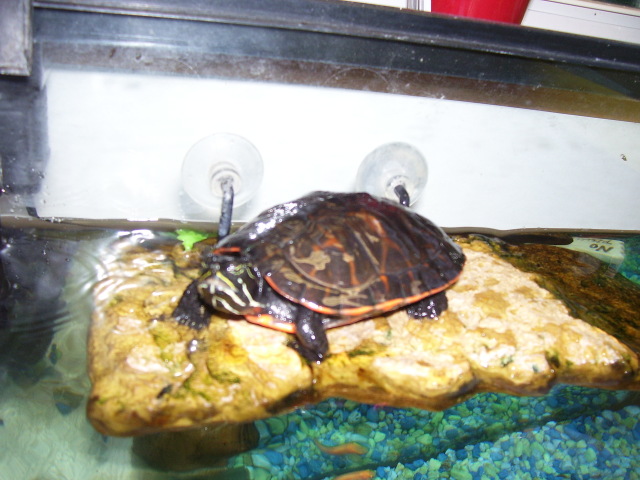 Painter Turtle
QuestionMy turtle
QUESTION: Hello,Ive had my pai
Painter Turtle
QuestionMy turtle
QUESTION: Hello,Ive had my pai
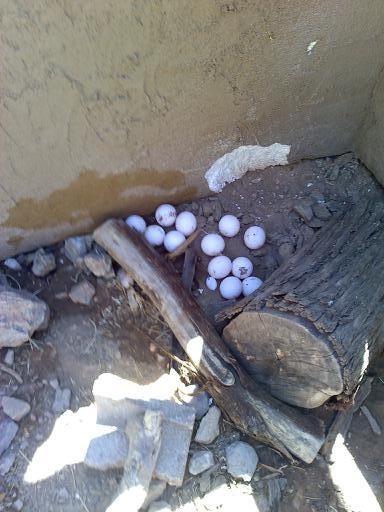 tortoise laid eggs on the ground
Question
6-4-10
I have a 9 year old, approx 17, healthy
tortoise laid eggs on the ground
Question
6-4-10
I have a 9 year old, approx 17, healthy
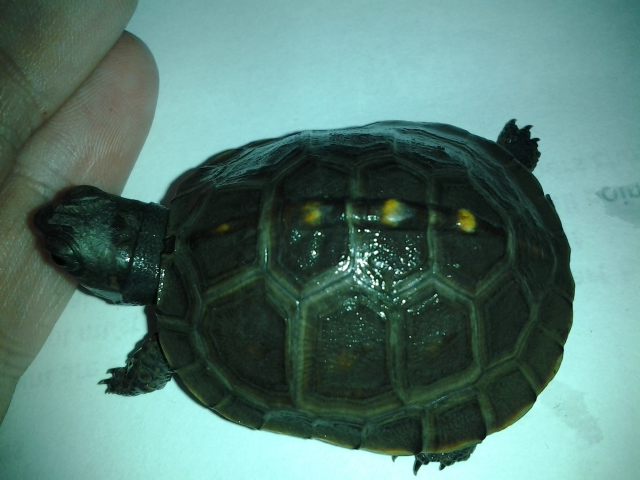 What type of turtle is this
Question
What kind of turtle is
My daughter foun
What type of turtle is this
Question
What kind of turtle is
My daughter foun